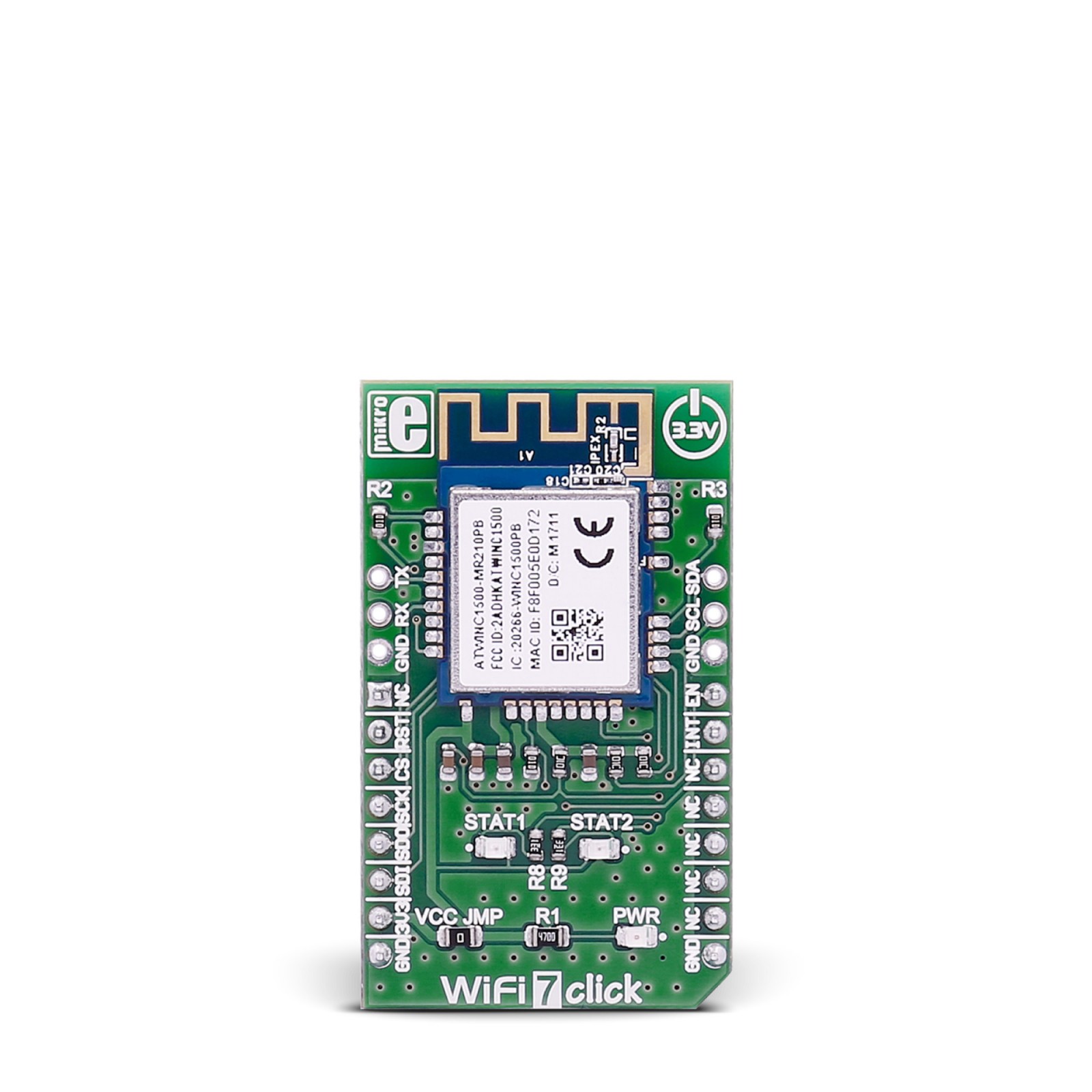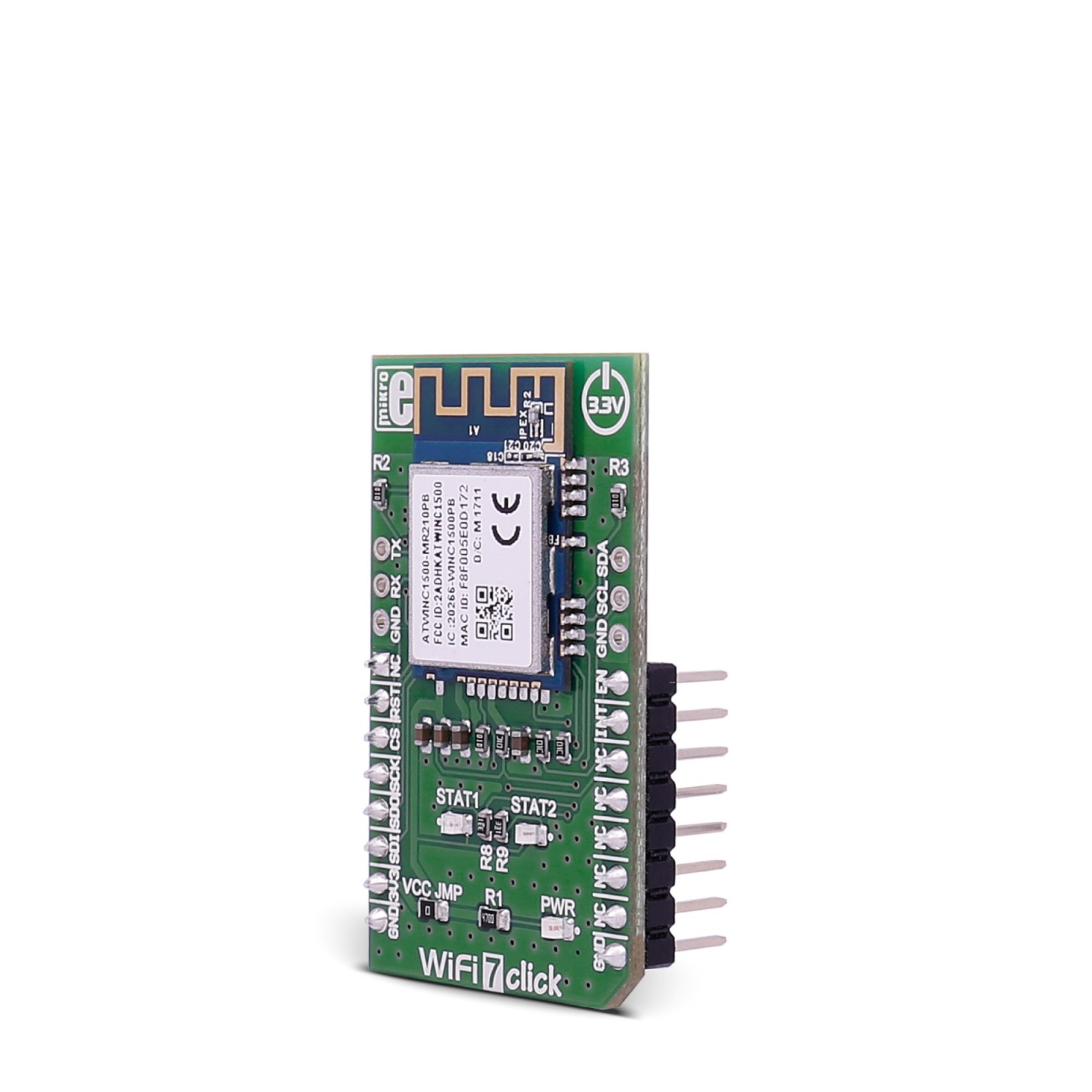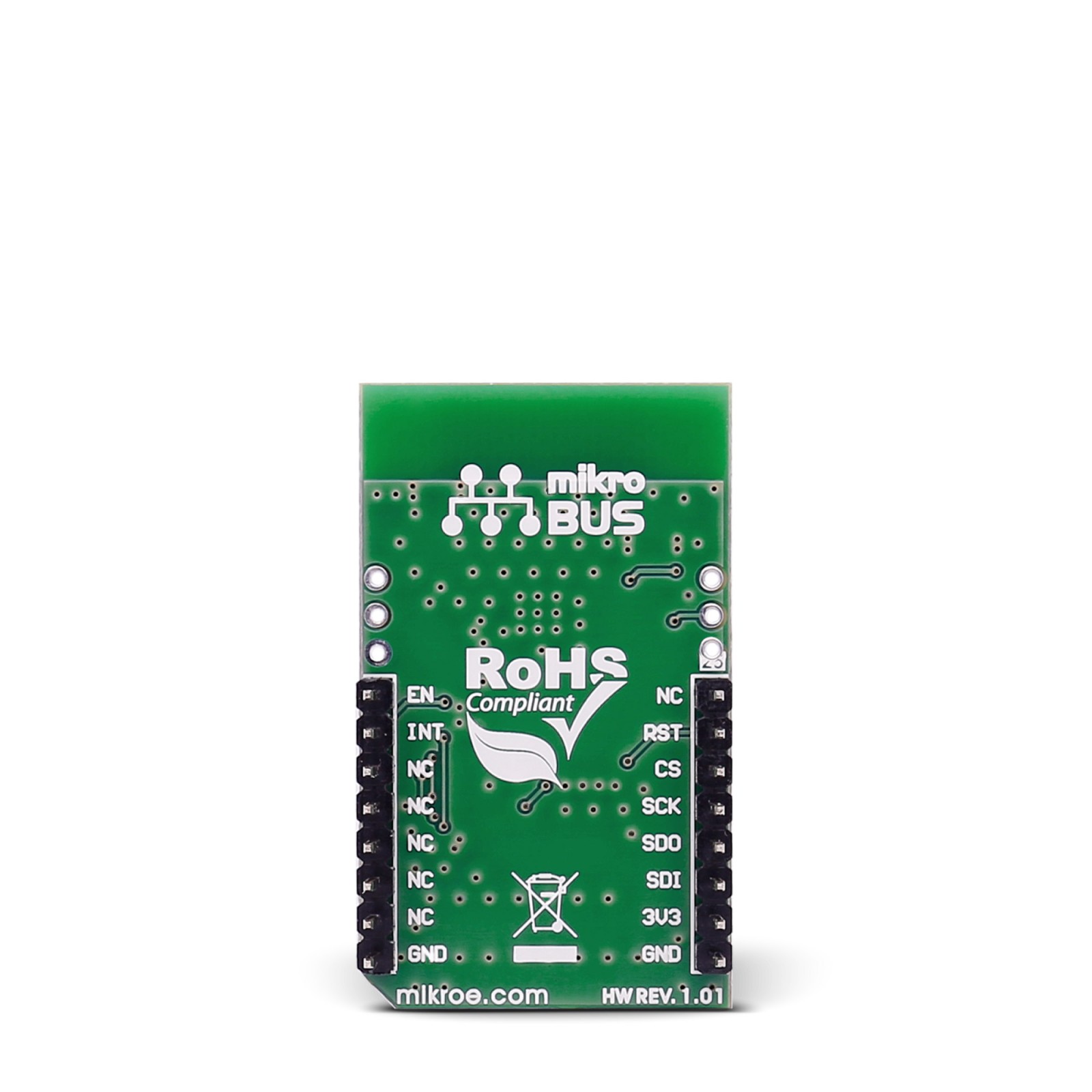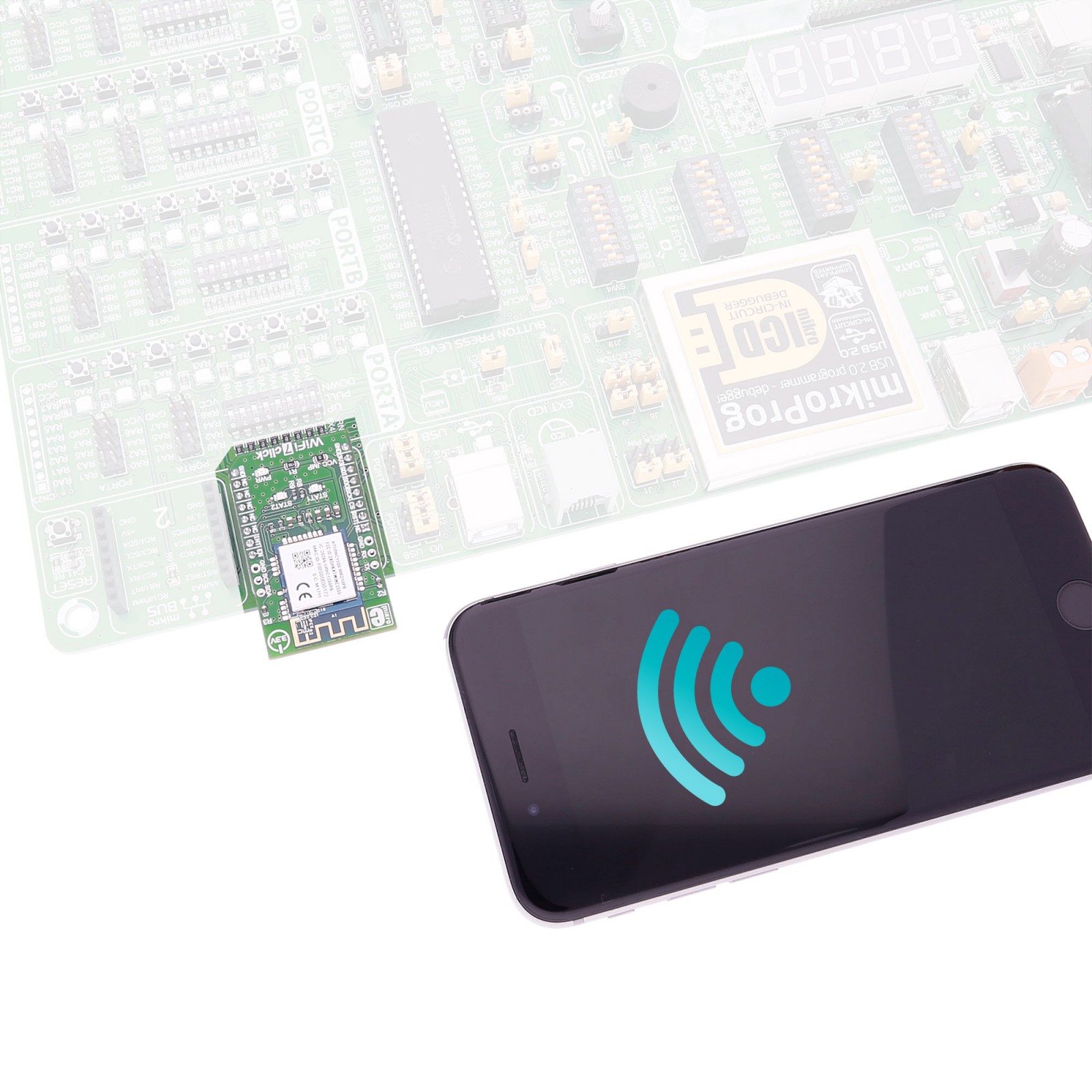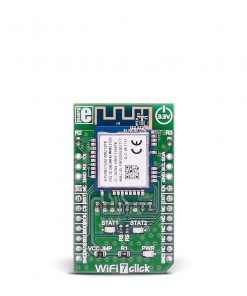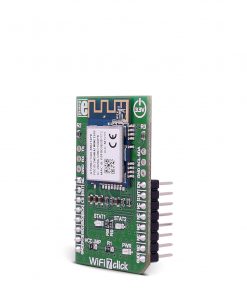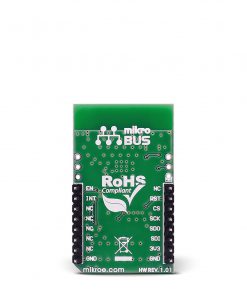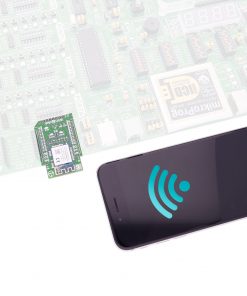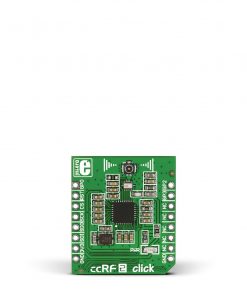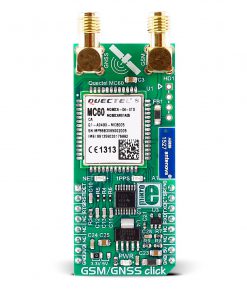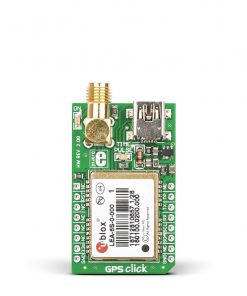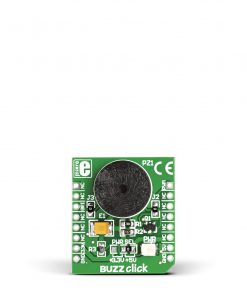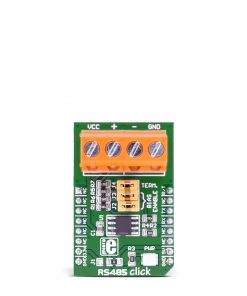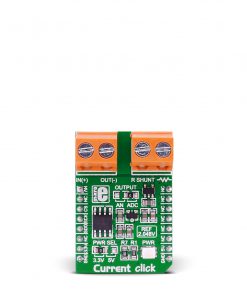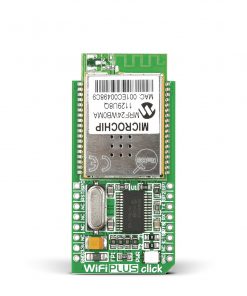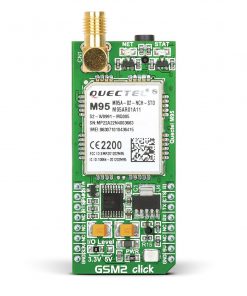WiFi 7 Click is a compact add-on board with a wireless combo module. This board features the ATWINC1510-MR210PB, an IEEE 802.11 b/g/n IoT Module from Microchip. The module uses an onboard printed PCB antenna to communicate with other WiFi devices over the 2.4GHz ISM band. It integrates the network IP stack to minimize host MCU requirements. This includes TCP, UDP, DHCP, ARP, HTTP, SSL, and DNS. The antenna supports a single stream (1×1) in 20MHz with a maximum data rate of up to 72.2Mbps. This Click board™ makes the perfect solution for the development of highly integrated, cost-effective applications that require wireless communication, such as IoT devices, industrial wireless control, smart home devices, and more.

